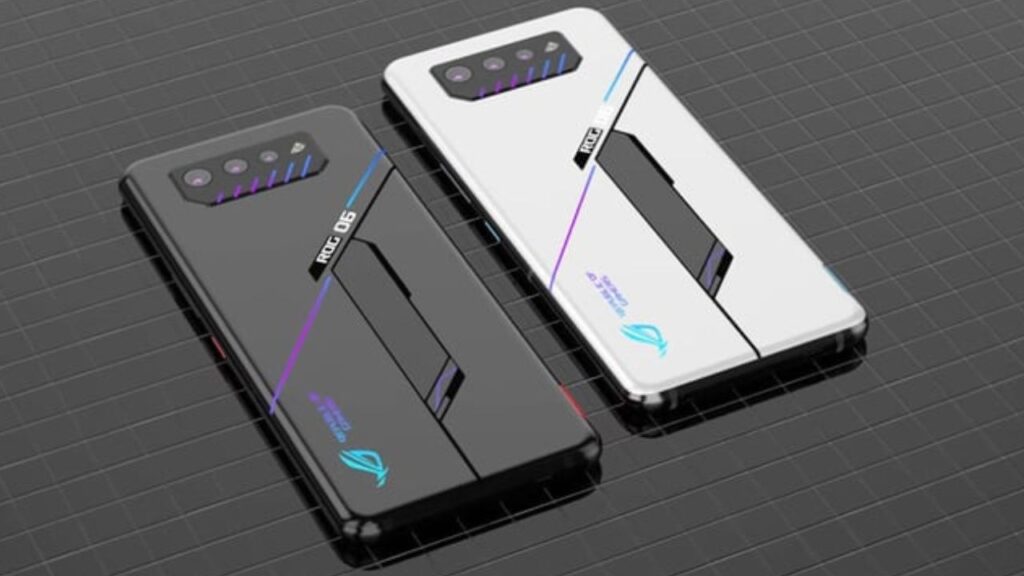Renowned for shaping the architecture behind Apple Silicon and a host of Qualcomm processors, ARM is reportedly taking a bold step into a new domain: gaming graphics cards. According to information shared with Globes last week, the tech giant is in the process of creating a GPU specifically designed for gaming, though the exact scale of this project remains unclear. This could range from something tailored for mobile devices to a full-fledged desktop-level GPU.
Given ARM’s successful track record with smartphone GPUs, such as the Immortalis series, this venture appears to be aimed at more than just enhancing Android gaming. Insiders suggest that the new GPU could be powerful enough to compete directly with Nvidia and Intel, potentially leading to a significant shake-up in the PC gaming space. Whether ARM’s development will culminate in a high-performance laptop or desktop GPU remains to be seen, but the company’s past successes in mobile technology certainly set high expectations.
ARM architecture has already proven its mettle in the tech world, particularly with Qualcomm’s recent launch of the Snapdragon X Plus/Elite processors. Introduced in June, these processors exceeded expectations in both performance and battery life. For instance, Qualcomm’s official site boasted up to 22 hours of battery life, and while real-world results didn’t quite reach that number, laptops powered by Snapdragon X Elite consistently achieved over 12 hours in Laptop Mag’s rigorous battery test. This feat is particularly impressive given that most productivity laptops struggle to surpass the 10-hour mark.
The Snapdragon X Elite also delivered exceptional performance in benchmarks, leaving competitors behind. In the Geekbench 6 test, which measures overall system performance, all six laptops powered by these processors outperformed the average premium laptop score of 9,726, with some even surpassing Apple’s MacBook Air 13-inch with an M3 chip, which scored 12,087. This shift in ARM-based processing power, particularly in Windows laptops, has propelled them to the top of performance charts, earning rave reviews.
Rumors circulating about ARM’s potential entry into the GPU market are fueled by reports that the company is developing its own hardware rather than merely supporting other companies’ existing graphics solutions. ARM has experience in this area, having successfully developed the Immortalis GPU for mobile gaming. The same team behind that project is reportedly working on this new, more ambitious gaming GPU.
Competing with Nvidia, however, is no small feat. Nvidia dominates the discrete graphics market, reporting a staggering $2.86 billion in revenue for its GeForce series in Q3 2024 alone, far outstripping AMD’s $922 million in Q1 2024. Nvidia’s grip extends beyond gaming, as it also leads the data center GPU market, having shipped nearly 4 million GPUs in 2023, capturing 98% of the revenue share according to TechInsights.
For ARM to carve out a place in this highly competitive market, it will need to offer something distinct. While Nvidia covers a wide range of price points—from the budget-friendly RTX 4060 at $299 to the premium RTX 4090 at $1,599—ARM could find success by targeting the more budget-conscious segment of the market. Given the growing criticism of Nvidia’s rising GPU prices, a cost-effective alternative from ARM could be a game-changer.
Despite Nvidia’s dominance, there’s room for competition, especially in the budget GPU market. ARM’s expertise in efficient, high-performance architecture could position it as a strong contender, especially if it leverages its strengths to offer a competitive yet affordable alternative to Nvidia’s offerings.
ARM’s move into the gaming GPU space is ambitious, but with the right strategy, it could disrupt the status quo and offer consumers a fresh choice in the gaming hardware market. As the tech world watches closely, the potential for ARM to challenge Nvidia and Intel in the gaming sector has never been more promising.




















